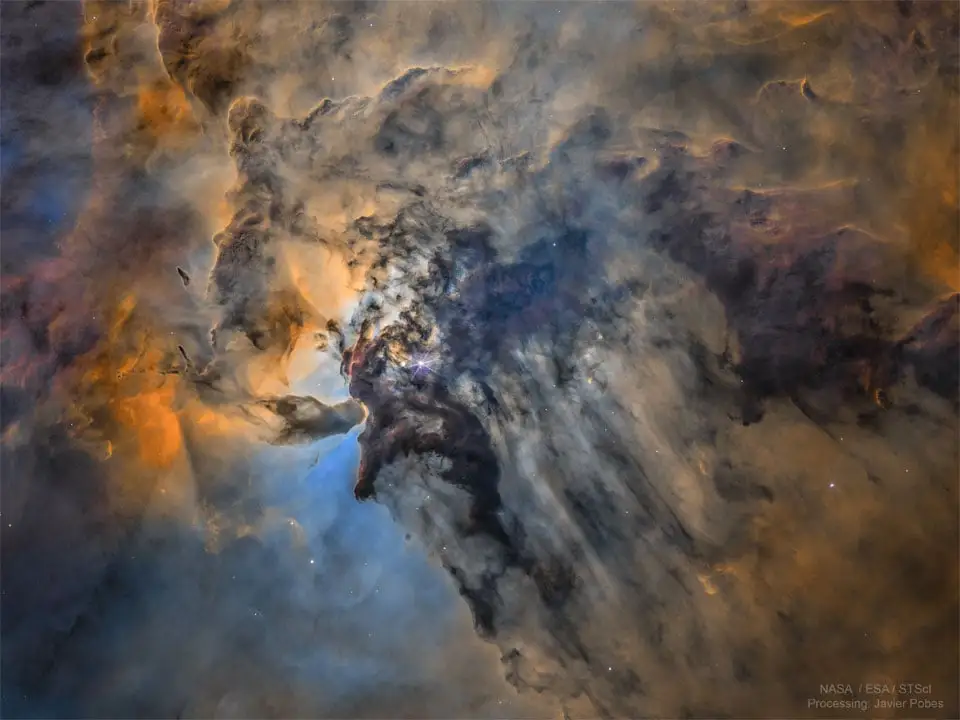81
Strange 'slide whistle' fast radio burst picked up by alien-hunting telescope defies explanation
(www.livescience.com)
Share & discuss informative content on: Astrophysics, Cosmology, Space Exploration, Planetary Science and Astrobiology.
 The Busy Center of the Lagoon Nebula
The Busy Center of the Lagoon Nebula
🔭 Science
🚀 Engineering
🌌 Art and Photography
Other Cool Links
I don't know or care to speculate what it could be with my limited knowledge of astrophysics. However it's awesome how many strange things are still out there.
Space is my jam. More strange things we're still learning about:
There are celestial objects the size of a major city, with magnetic fields so strong they would rip the iron from your blood if it got as close as the moon.
Every planet in the solar system, and many of the dwarf planets, could fit between the earth and the moon, and still have space left over.
Know how crowded our planet is? There are voids in space hundreds of millions of lightyears across, where nearly nothing is inside. The largest we know of currently is the Böotes Void over 300MLY across, and contains only 60 galaxies. For reference, the Andromeda galaxy is only about 2 million light years away, with several smaller galaxies/clusters around us. So take a basketball and put 3 grains of sand inside, that's about how "dense" the voids are.
only when the moon is close to apogee (Moon is furthest from Earth), otherwise you'd have to exclude Pluto and half of Neptune. https://www.wral.com/story/can-the-solar-system-fit-between-the-earth-and-moon-/16315991/
btw I tried to find diameters of planets and each site says sth different :D